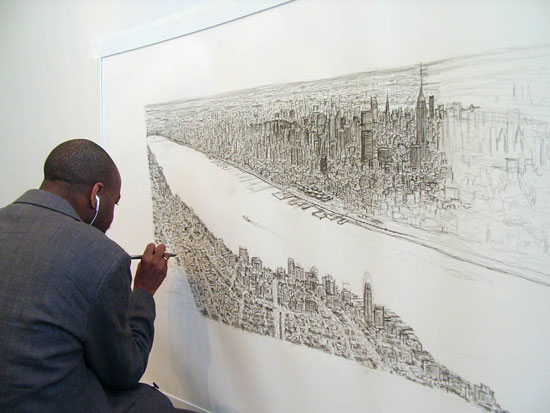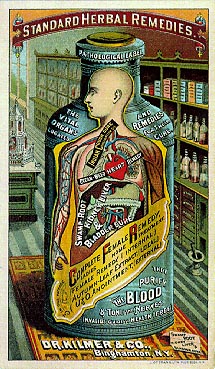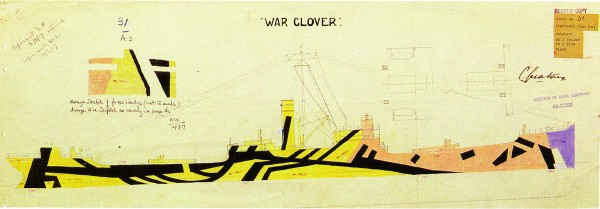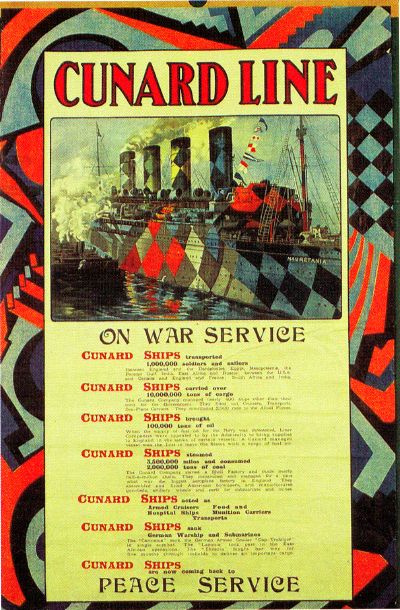from designboom

Here you can follow the live creation of a drawing of the Manhattan Skyline by memory by british artist Stephen Wiltshire. Stephen Wiltshire is an artist who draws and paints detailed cityscapes. He has a particular talent for drawing lifelike, accurate representations of cities, sometimes after having only observed them briefly.
I don't really like the drawings stylewise, but it fascinates me that people with a photographic memory only need a brief view of a scene to render it accurately. Like having a build-in camera. Of course you need a double competence; one for memorizing and one for reproducing the memorized. It is the quality of this conversion which makes us call it art.. or not.


Here you can follow the live creation of a drawing of the Manhattan Skyline by memory by british artist Stephen Wiltshire. Stephen Wiltshire is an artist who draws and paints detailed cityscapes. He has a particular talent for drawing lifelike, accurate representations of cities, sometimes after having only observed them briefly.
I don't really like the drawings stylewise, but it fascinates me that people with a photographic memory only need a brief view of a scene to render it accurately. Like having a build-in camera. Of course you need a double competence; one for memorizing and one for reproducing the memorized. It is the quality of this conversion which makes us call it art.. or not.


























